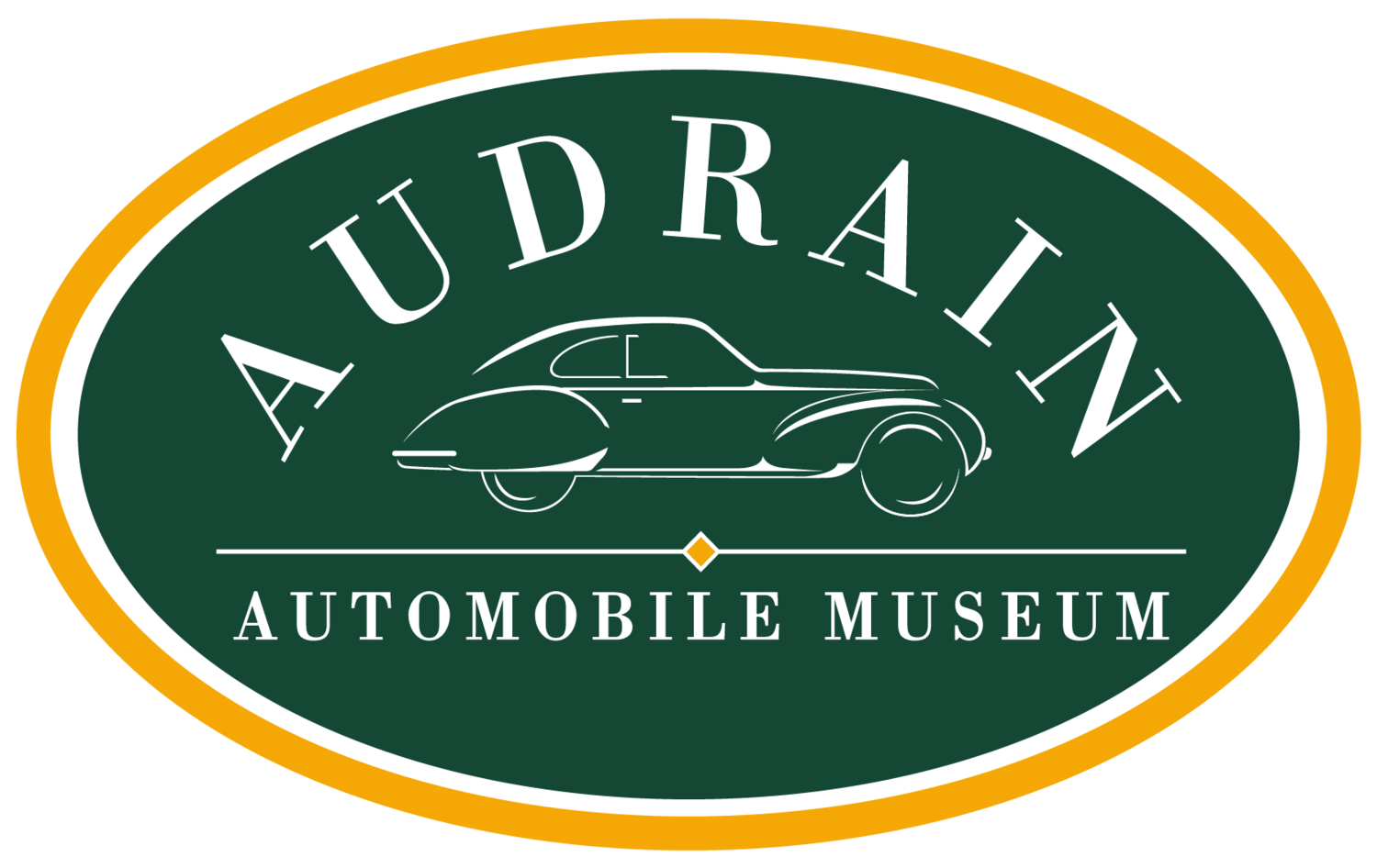FUTURE EXHIBITIONS
STEAM Power: Stationary, Marine & the AUTOMOBILE
Exhibition On View November 15, 2025 through March 8, 2026
Steam-powered vehicles, boats, and stationary engines played a pivotal role in the early industrial revolution. The first successful steam-powered vehicle, the "Steam Wagon," was built in 1769 by Nicolas-Joseph Cugnot, though it had limited success. In the 19th century, steam engines became popular for automobiles, with innovators like Newport Engineering Works, Sylvester Roper, and Francis and Freelan Stanley contributing to advancements. In the later 19th Century steam continued to revolutionize marine transport by the likes of Nathanael Greene Herreshoff in Bristol RI. Stationary steam engines, developed in the early 1800s, were key in powering factories, mills, and pumps, helping drive industrialization before the rise of internal combustion engines. The Corliss Steam Engine Co. was one of many in Providence RI, a part of steam power’s New England history.
In collaboration with the Herreshoff Marine Museum and New England Wireless & Steam Museum, highlights on view will include a 1869 Roper steam velocipede, 1899 Crouch Steam Runabout, 1908 Stanley Model H-5 Gentleman’s Speedy Roadster, Herreshoff steam launch engine, and stationary steams engines from Newport, Bristol, and Providence Rhode Island built examples, among others.

